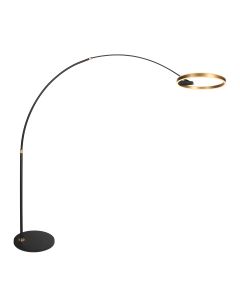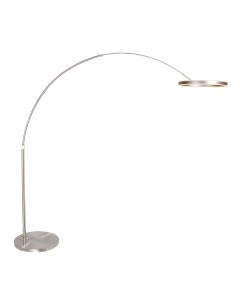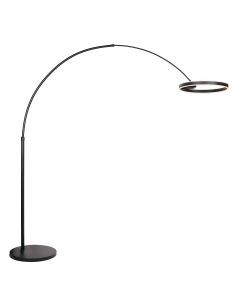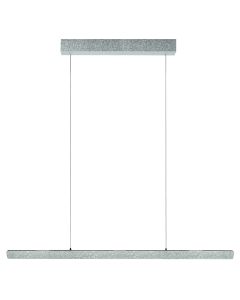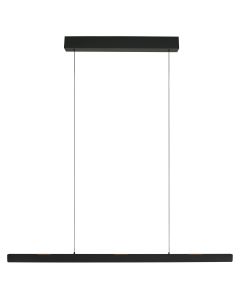
Lighting in a New-Build Home
When designing a new-build home, many factors need to be considered, and lighting is an essential part of a well-thought-out interior. Good lighting not only defines the ambiance but also contributes to functionality and comfort. By planning power points and light sources in advance, you can avoid unwanted cables and impractical solutions later. In this blog, we discuss the key aspects and offer advice on how to create an optimal lighting plan for your new home.
1. The Importance of a Well-Planned Lighting Design
Before your house is completed, it is crucial to consider lighting. A well-planned lighting design prevents issues such as missing power points or insufficient lighting in crucial areas. Consider the following questions:
-
Where do you need general lighting?
-
Where would you like to add ambient lighting?
-
Which areas require accent lighting?
-
Where should power points and light switches be placed?
By answering these questions early on, you create a home where lighting is not only practical but also enhances the overall atmosphere.
2. Strategically Placing Power Points
It can be frustrating to realize after moving in that you want to install wall lamps but lack the necessary power points. Plan for this during the design phase. Some key considerations:
-
Install power points for wall lamps to avoid visible cables running along the walls.
-
Consider floor sockets for standing lamps, such as in a seating area.
-
Place light switches in logical locations, such as next to doors and along walkways.
3. The Right Placement for Recessed Spotlights
Recessed spotlights are ideal for creating a sleek, modern look. They are often installed in the ceiling, especially in kitchens, bathrooms, and hallways. A popular placement for recessed spotlights is directly in front of windows. During the day, natural light enters from outside, and in the evening, the spotlights mimic this effect by casting light from above. This ensures a natural and balanced illumination of the space.
4. Layered Lighting: General, Ambient, and Accent
A well-planned lighting design consists of multiple layers:
-
General lighting: Provides overall illumination, such as ceiling lamps or recessed spotlights, ensuring even brightness throughout the space.
-
Ambient lighting: Adds warmth and coziness through dimmable lamps, wall sconces, or table lamps.
-
Accent lighting: Highlights specific features, such as artwork, plants, or architectural details, using directional spotlights or LED strips in niches.
By combining these types of lighting, you create a dynamic and versatile lighting plan that suits your home style and needs.
Conclusion
A well-thought-out lighting plan is essential for a new-build home. By planning power points, recessed lighting, and different lighting layers in advance, you ensure a well-lit and comfortable living space. Need expert advice? Consult a professional to make sure your lighting design perfectly aligns with your living preferences.

